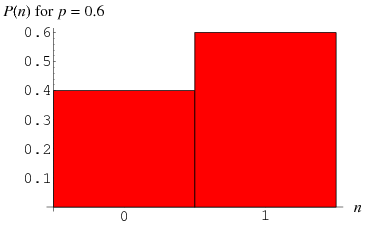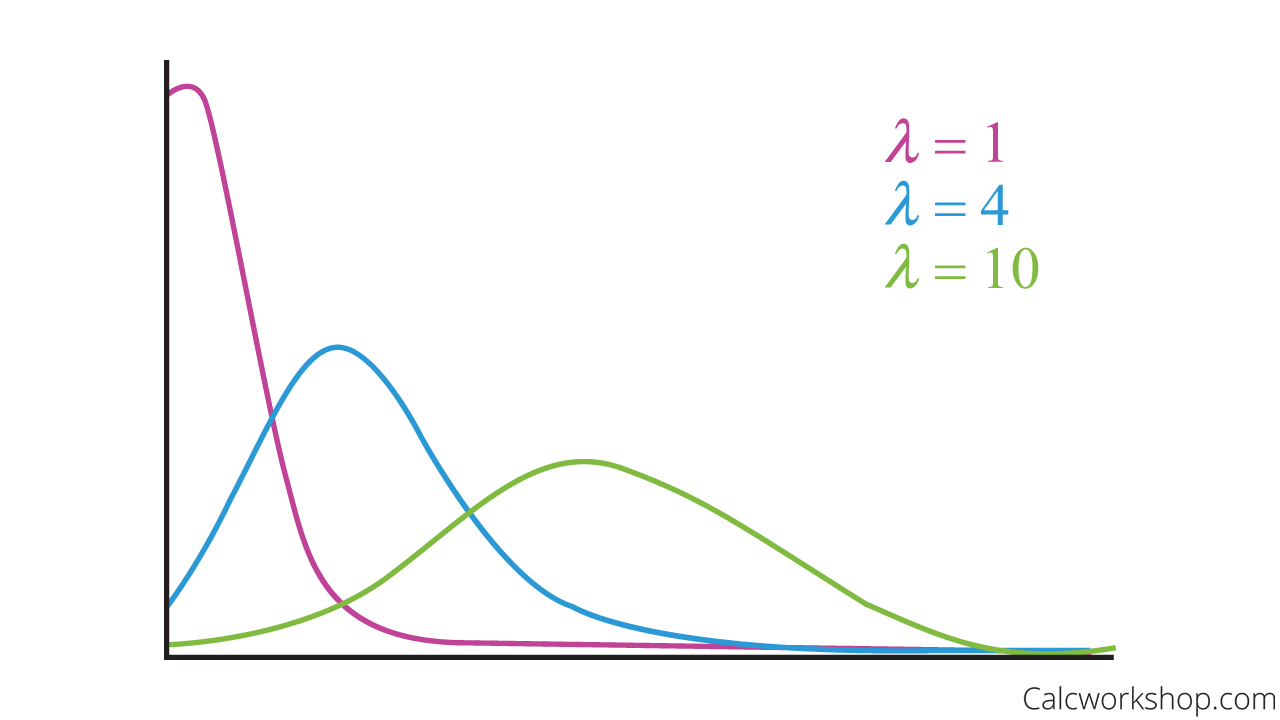The Institute
Published:
“Great events turn on small hinges.” - Stephen King
Why I Chose It
I was browsing on amazon for some new books to read. This new year I had created a resolution to read one book per month. Immersed in my school work at Purdue University, I barely blocked out time to sit down and read a book for pleasure. During high school, it was one of my favorite things to do to relax. I could spend hours reading a captivating story until my eyes could no longer open and my brain could not process any information. Now, after graduating, I decided to start this practice again. After browsing for some time, I thought I should first start with a book that was not part of a series, was suspensefully and highly rated so that I would A. Not be totally consumed into reading a series as I have much work to do still B. Would be entertained and C. So I would get my money’s worth and had a higher chance of continuing this habit of reading. While casually scrolling I came across Stephen King’s novel The Institute. During high school, I loved reading Stephen King’s novels such as The Shining, Doctor Sleep, Carrie, and even spent 6 months reading the novel IT. I decided I probably should start off my new year’s resolution with this book as Stephen King has never let me down with his work. After clicking the link and reading the summary for this novel I scrolled down to read the reviews and saw many negative posts about his book–many angry at the political comments made in it. Naturally, I became hooked and was ready to buy it. However, after more research I found out that this book had been published in 2019 and went to the library to rent it instead. This way, even if I didn’t like the novel I could return it and start off the year with another book. After a couple of days, I finally was able to get a copy of the novel, and I started to read.
 The Institute cover
The Institute cover
Summary - Spoilers!
Although the synopsis of the book describes the murder of Luke Ellison’s parents, the main protagonist, and his kidnapping the first part of the book actually starts off with a side character: Tim Jamieson. Tim Jamieson was a Floridian cop who was forced into early retirement after being caught in a compromising situation and having his badge taken away as a result. He wants to start fresh and is about to take a flight up North when he makes the sudden decision to give up his seat and travel to Dupray, South Carolina. Unlike the bustling city of Miami, where he was from originally, he finds himself in the middle of nowhere. He easily gets the job of local sheriff and the story continues about his time in the town. After some time in the city a shoot out occurs in the city and abruptly Part II of the story starts in Minneapolis.
Luke Ellison is a genius twelve-year old boy who has finished taking the SAT test so that he can apply to universities such as MIT or Harvard (yes, he is one of those geniuses). But, despite his intellect, he was a good-natured kid who just wanted to enjoy his childhood and live happily with his loving parents. However, in the middle of the night his parents are brutally murdered and he is kidnapped. He walks up to find himself at a place called “The Institute” where dozens of other kids are also imprisoned. Of these captive kids, Luke befriended Kalisha, Nick, George, Iris, Helen, and Avery. The directory of “The Institute” known as Mrs. Sigsby abducts children who display signs of becoming a TP (telepaths) or a TK (telekinesis) (because we cannot have a Stephen King novel without Telepathy and Telekinesis) uses their powers to stop future catastrophes by predicting their occurence. In order to expedite the process to gain this awesome power to it’s fulliest extent, the kids are experimented on (a nice way of avoiding the term torture) in the “front half”, before they are taken to the “back half” and never seen again.
Luke, desperate to escape before being taken to the back half, aids a janitor at the Institute–Maureen. Maureen has been acting as a snitch for Mrs. Sigsby so that she can be informed of what the kids are doing. Although Luke suspects this, he helps Maureen’s financial situation and earns her enough money for her son to go to college. Overwhelmed and satisfied by what Luke did for her, Maureen helps him escape, hoping that she has made amends for keeping her silence about the abhorrent treatment of these kids. She subsequently takes her own life to distract everybody from Luke’s prison break, not before she handed him a USB stick.
After his daring escape, Luke finds himself in Dupray and the reader is circled back to Tim Jamieson. He finds Luke and helps him recover from his injuries on his journey. Albeit the fact Luke escaped, he suspects that there are still some people in the town who work for “The Institute”. His suspicions are confirmed to the reader showcasing the scarily far spread influence “The Institute” holds. After handing over the USB stick to Tim, he and several others watched the videos recorded by Maureen and saw all the horrors that occurred in the back half of “The Institute”. They discovered that kids were stripped of their consciousness and used like batteries to predict the future. Unfortunately, Mrs. Sigby and her possy arrive and a shoot out occurs. The survivors on the other side are only Mrs. Sigsby and a doctor. Tim and Luke forced Mrs. Sigsby to drive them back to “The Institute” where she is shot by a member of staff.
While Luke had escaped, his friend Avery gathered all the kids from the Back Half and tried to escape. However, another co-director of “The Institute”, Stackhouse, blocked their escape and ordered them to be killed using noxious gas. Kalish, Iris, George, and Nick collectively used their powers to levitate parts of “The Institute”, however, in the process, Avery and several other children are crushed when the building collapses.
Afterwards, Luke and his friends are living with Tim when they are met with Mrs. Sigsby’s supervisor. He explains that there are other places like the one they destroyed all over the world, however, Avery’s telepathy had actually communicated to all of the children in these Institute’s and started a revolution in all of them. He tries justifying his experiments, claiming that they were used to help save the entire world by giving people extra time.
However, Luke argues that they can only predict events that happen a few hours before it occurs and that in the end there are too many variables involved that can change what can happen. As you go more and more into the future there is an accumulation of more random variables making it impossible after some point to accurately predict the future. The man leaves after Luke promises that the USB stick is kept hidden and never comes to light. A tearful goodbye is shared amongst his friends who each have a key to the safe where the USB stick lays.
Review
Overall
In the beginning of the novel, I was very worried that this story was going to be a bore. In most of the novels I read by him, it was never a slow build up, rather the fear struck me very early on. And the fact that he started with Tim Jamieson made no sense to me. Honestly, I felt that he received a lot of time in the novel and I did not understand his part until the end of the story. When the story shifted into Luke’s story, it picked up rapidly and sucked me back into the realm of the familiar world of Stephen King’s suspense and dread. I was enthralled throughout the book and felt close to all of the characters. The only thing I could do without is Tim’s story.
However, the character development and how attached I felt to the characters was really well done. Even if a story has an amazing plot with fantastic imagination, if the reader does not feel close with the characters then there won’t be a lasting connection with the book. Taking Avery’s character as an example, King describes him as a 10 year old kid with the countenance and mind of a 5 year old kid. Unlike Luke and the rest of his friends who are more mature and rebellious to what is going, Avery is much more docile and naive. The reason “The Institute” brought him in was because his TK and TP powers were one of the most potent they had ever seen. The reader saw throughout the story that he cried many times and his dependence on Luke was severe. Therefore, when he sacrificed himself to make sure his friends got out, the reader was stunned and heartbroken.
In addition, many characters in the story have their own distinct personalities. There was never a character that was bland or felt amiss in the story. Even side characters had their own personality even if they were there for the briefest of moments.
Quotes that stuck with me
“Back in the main corridor—what Luke now understood to be the residents’ wing—the little girls, Gerda and Greta, were standing and watching with wide, frightened eyes. They were holding hands and clutching dolls as identical as they were. They reminded Luke of twins in some old horror movie.”
 The Shining
The Shining
“It came to him (and with the force of a revelation) that life was basically one long SAT test, and instead of four or five choices, you got dozens.”
“It was good not to be alone in this anymore. He really hadn’t realized how heavy that burden was until now.”
“Statistics can prove anything. Nobody can see the future. If you and your associates really believe that, you’re not an organization, you’re a cult.”
The case of Bernoulli
At the end of the novel, Luke and Mrs. Sigsby’s supervisors has a conversation with one another that is very interesting because they bring up Bernoulli’s distribution. Luke describes how he uses the mathematical model to undermine the research Mrs. Sigsby’s supervisor tries to defend at the expense of taking the lives of the children.
‘The Bernoulli is an accurate way of expressing probability,’ Luke said. ‘It’s based on the idea that there are two possible outcomes to certain empiric events, like coin flips or the winners of football games. The outcomes can be expressed as p for positive result and n for negative result. I won’t bore you with the details, but you end up with a boolean-valued outcome that clearly expresses the difference between random and non-random events.’ […]
‘Coin flips are random. Football scores appear random if you take a small sample, but if you take a bigger one, it becomes clear that they’re not, because other factors come into play. Then it becomes a probability situation, and if the probability of A is greater than the probability of B, then in most cases, A will happen.’ […]
‘It’s pretty simple, really, and when you apply Bernoulli to precognition statistics, an interesting trend emerges.’ […] ‘The Bernoulli distribution I ran shows that precognitive flashes—or visions, if you like that word better—tend to be most accurate when the predicted event is only hours away. When the time between the prediction and the event predicted becomes longer, the probability of the prediction coming true begins to decline. Once it becomes a matter of weeks, it pretty much falls off the table and p becomes n.’
Stephen King’s explanation of Bernoulli is pretty good, however, he should specify that Luke defined each prediction as a bernoulli event with each prediction either becoming true or false (1 or 0 respectively). Furthermore, it is not Bernoulli that expresses a probability accurately, rather it is its process. However, reading this explanation more and more I do not really understand exactly how Luke used a Bernoulli distribution to understand that predictions of the future become less and less true. There are two things wrong with Luke’s use of Bernoulli. First let’s break down Bernoulli itself:
A Bernoulli event is when the probability that an event occurs is p, and the probability that it doesn’t occur is 1-p. Basically the event will or will not happen.
 Bernoulli Distribution Equation
Bernoulli Distribution Equation- A Bernoulli trial is one random experiment, or an instantiation of a Bernoulli event.
- A Bernoulli process is when one completes successive Bernoulli trials where each trial is independent of each other. This means the outcome of any trial does not affect the outcome of another.
- A Bernoulli distribution is a discrete distribution. Essentially it shows all the possible probabilities that can occur.
 Bernoulli Distribution Graph
Bernoulli Distribution Graph
Looking at all the terms associated with Bernoulli it is hard to really determine how Luke used any association of Bernoulli to prove his case. One could argue that he used the Bernoulli process and tried to determine different predictions and their probabilities. However, Luke clearly states that when taking a prediction and determining if it still holds water further into the future, the probability of it will be 0. Bernoulli does not support this definition but it does work for another binomial distribution: Poisson distribution.
The Poisson distribution is a limiting case of the binomial distribution. In this case limiting essential means if we have an event with a probability of p, after n increases (number of trials), p will tend to 0.
This is exactly what Luke states when talking about the predictions of certain events becoming true. To understand it visually, look at the graph below.

Poisson Distribution Graph
Lambda represents the number of events in the data divided by the number of units. In this case, let’s say the event we are looking at is a single prediction and therefore it will have a lambda of one. The x-axis represents time in and y-axis represents the probability of the predication coming true. If the probability is higher it means the event, or prediction, is more likely to become true. As one can see if the time is near the event, the probability of the event being accurately predicted is higher. Of course if the time is zero and the person is witnessing the event, the person can determine what event is happening. However, as one moves along the x-axis one can see that the probability of the prediction accuracy drops dramatically and always reaches 0 after some time. This would be the best way to prove that the experiments perpetuated by “The Institute” are not only unethical but do not yield to any desirable outcome.
Looking at this we can see how confusing probability is and when we do not understand the theory as a whole it can be misinterpreted, and dangerously as the people at “The Institute” showed. Probability seems like a powerful tool but don’t mistake it for clairvoyance.
This is why Tim Jamieson’s story makes more sense and why King added it to the novel. If someone were to predict that Jamieson would fly from Miami to New York without a hitch because the weather is perfect, the plane is functional etc. they could be potentially right. In the process, however, they add many limiting factors to prove their case. If any factor deviates than the probability will be an incorrect assumption. This is why one cannot account for every variable that comes into play, such as Tim making the irrational last minute decision to get off the plane. Some claim that humans are predictable and this can be used for marketing strategies to gain more customers. But, I have come to believe that humans are much more capricious, just like life. It is 100% certain that there will never be an instrument or technology of any sort that can predict the future accurately 100% of the time.
Citations
- Ross, Sheldon. A First Course in Probability. Prentice-Hall, Inc., 1994.
- Weisstein, Eric W. “Bernoulli Distribution.” From MathWorld–A Wolfram Web Resource. https://mathworld.wolfram.com/BernoulliDistribution.html!
- “Poisson Distribution in Stat Defined w/ 5+ Examples!”, CalcWokshop. https://calcworkshop.com/discrete-probability-distribution/poisson-distribution/. Accessed 23 April, 2021.
- https://www.unf.edu/~cwinton/html/cop4300/s09/class.notes/DiscreteDist.pdf!
- https://www3.nd.edu/~dgalvin1/10120/10120_S16/Topic19_8p6_Galvin.pdf!
FUTURE BLOG
For my next blog post I will review what I have submitted for the WWDC 2021 Swift Student Challenge and how I created it in detail.

Leave a Comment